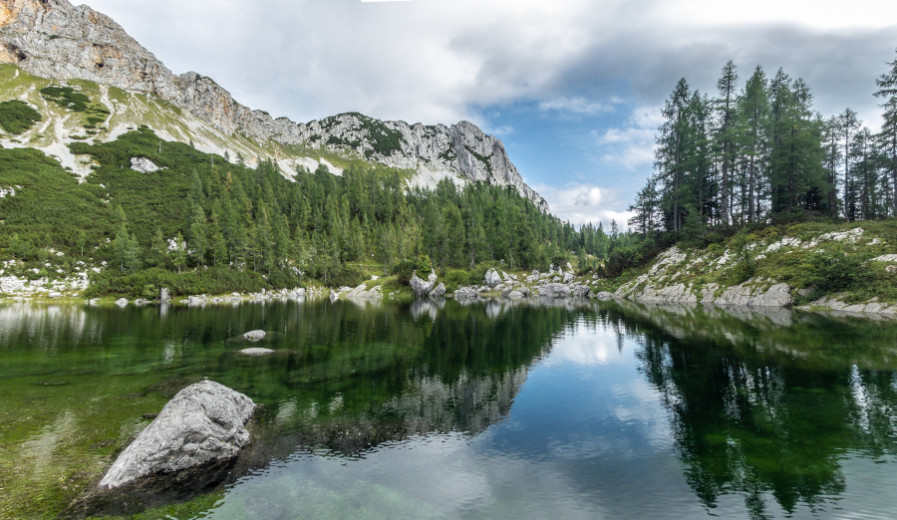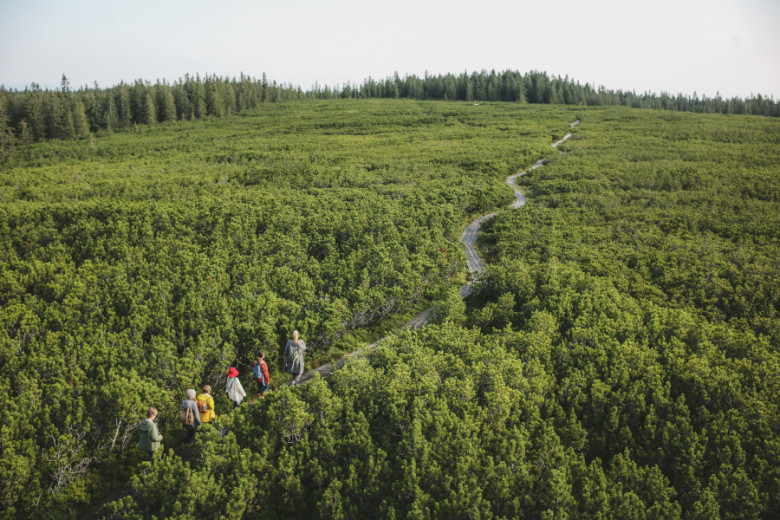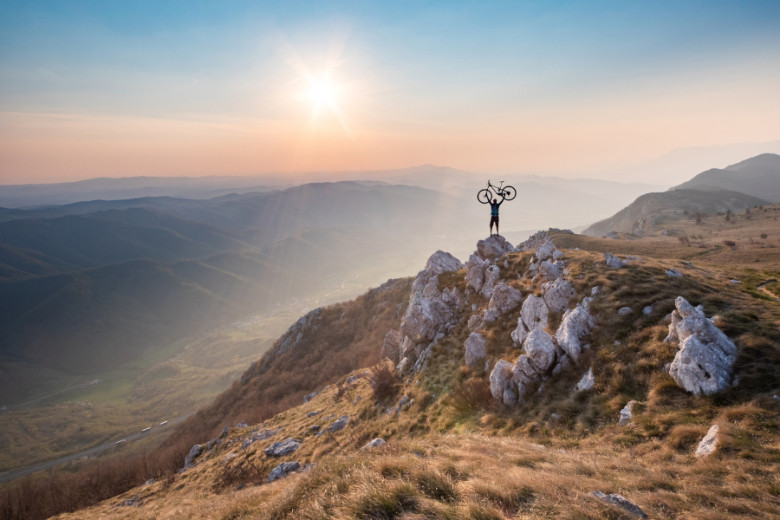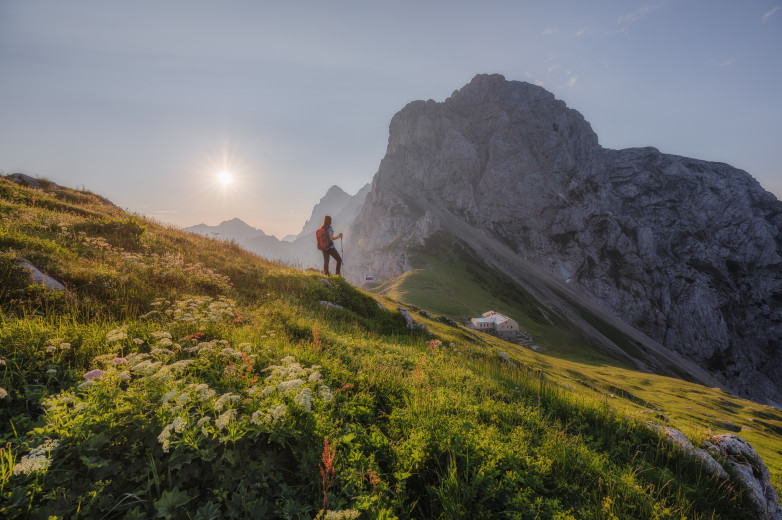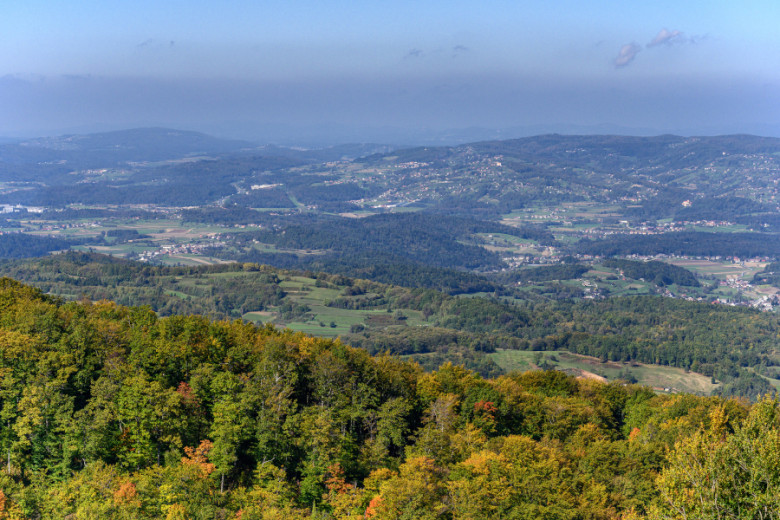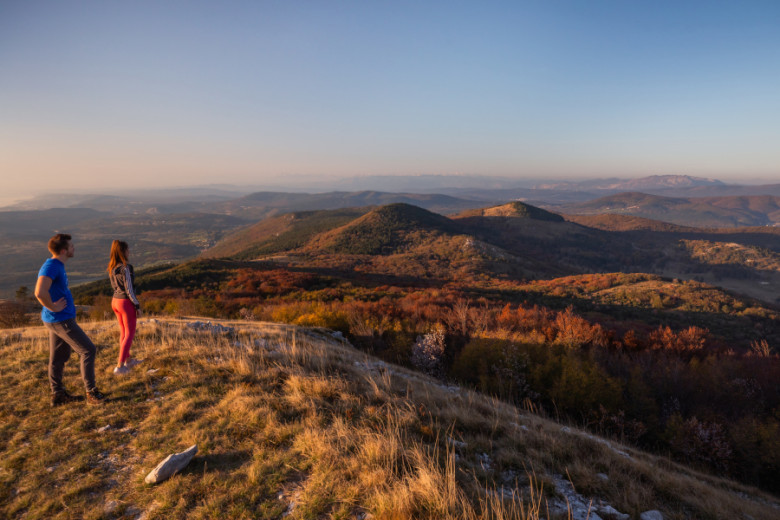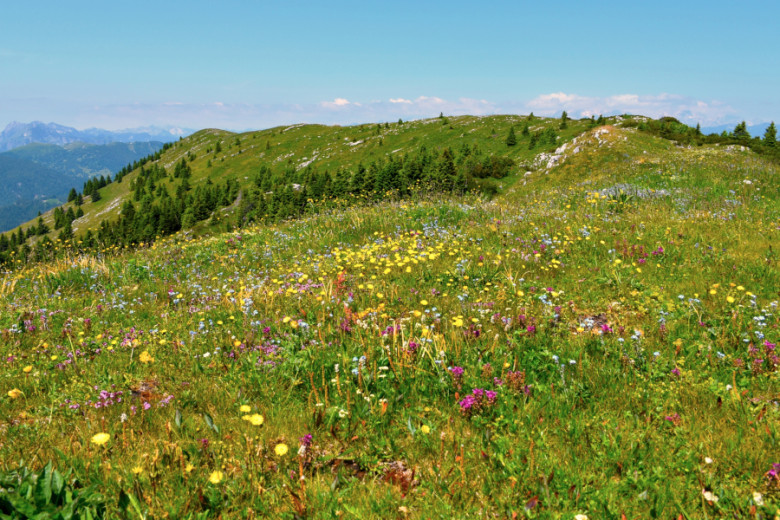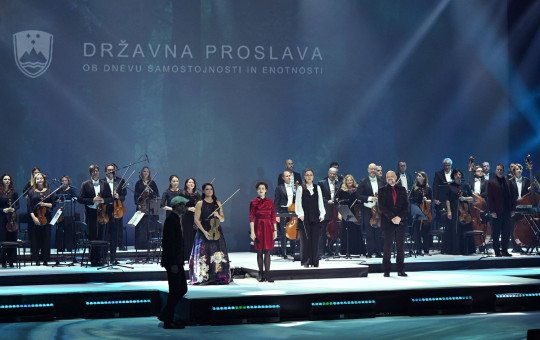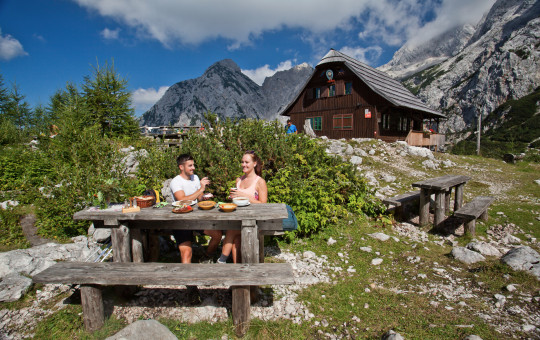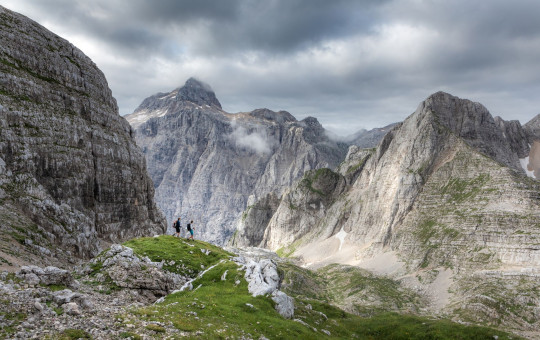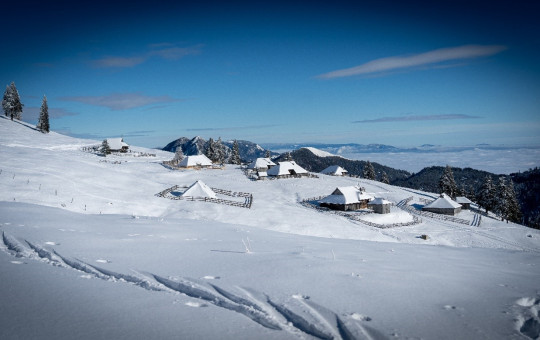Date: 14. August 2025
Time to read: 3 min
Slovenia is a true paradise for hikers. Across the country, more than 10,000 kilometres of marked hiking trails reveal a diverse natural landscape – from blooming Alpine meadows and vast forests to rocky mountain peaks Every trail opens up new views of rolling hills and distant summits With so many options, new challenges are always around the corner – so let’s set off to explore some of the country’s most popular hiking destinations.
Triglav Lakes Valley
The Triglav Lakes (1,762 m) are one of the most popular destinations in the Julian Alps. Scattered along a glacial valley in the heart of Triglav National Park, numerous smaller and larger lakes create a truly idyllic alpine scene. Next to the Double Lake stands the Triglav Lakes mountain hut, one of the oldest mountain posts in Slovenia. Visitors here can admire the area’s diverse plant and animal life.
Lovrenc Lakes
In the middle of the vast Pohorje forests lies one of the most popular excursion spots – the Lovrenc Lakes. A trail across Slovenia’s highest peat bog (1,520 m) leads visitors along wooden boardwalks, with a wooden observation tower by the largest lake. In summer, white water lilies bloom on the lakes, and rare carnivorous plants also thrive here. This peaceful spot is ideal for nature observation and photography.
Nanos
The Nanos Karst Plateau connects Slovenia’s interior with the Primorska region and, along with Snežnik, is one of the most distinctive mountains of the Notranjska region. Its most recognisable feature is the steep, sheer slope known as Pleša. Near the summit stand a broadcasting tower and the Vojko Hut. The summit can be reached via a gentler path or a steeper ascent, which begins on grassy slopes, continues through forest and ends with spectacular views.
Kamnik Saddle
Imagine lying on soft mountain grass and gazing at the mighty peaks around you. That is exactly the view from Kamnik Saddle (1,877 m) in the Kamnik–Savinja Alps, nestled between two impressive mountains – Planjava to the east and Brana to the west. Just a few metres below stands the Kamnik Saddle Hut, a popular base for hikers, with views of the surrounding two-thousanders.
Trdina Peak
In the southeast of Slovenia stretch the Gorjanci Hills – a green range that continues across the border into Croatia. Their steep slopes, covered in extensive beech forests, are dotted with freshwater springs. The best known is the Gospodična Spring, celebrated in local folklore. From here the trail leads to the highest peak, Trdina Peak (1,178 m), where a telecommunications tower and military facility stand.
Slavnik
Slavnik (1,028 m) is the highest and most popular peak of Slovenian Istria. The view stretches from the Gulf of Trieste across the Dolomites and Julian Alps to the Kamnik–Savinja Alps. On the summit, a viewing platform and the Tumova Hut welcome visitors on weekends and on public holidays. Known as the " Triglav of Istria", Slavnik with its rich national heritage is a designated natural monument. Along the trail you can spot characteristic Karst meadow vegetation and Mediterranean mountain flowers.
Ratitovec
Ratitovec rises in the Škofja Loka Hills as a natural extension of the Julian Alps, its slopes above the treeline covered in mountain pastures. The ridge has several peaks, and just below Gladki Vrh (1,677 m) stands Krek’s Hut, a popular stop for hikers. From here, and even more so from the summit, there is a panoramic view of all of Slovenia’s main mountain ranges. The area is known for its rich Alpine flora, with larch forests adding a special charm to the landscape.
Kum
Kum (1,220 m) is the highest peak of the Posavje Hills and, thanks to its exceptional views, is often called the Triglav of Zasavje or the Triglav of Dolenjska. On the summit stand a broadcasting tower, the Church of St Agnes and a mountain hut. The forest trail to the top offers peace and tranquillity, broken only by birdsong and views of sparsely populated valleys.

